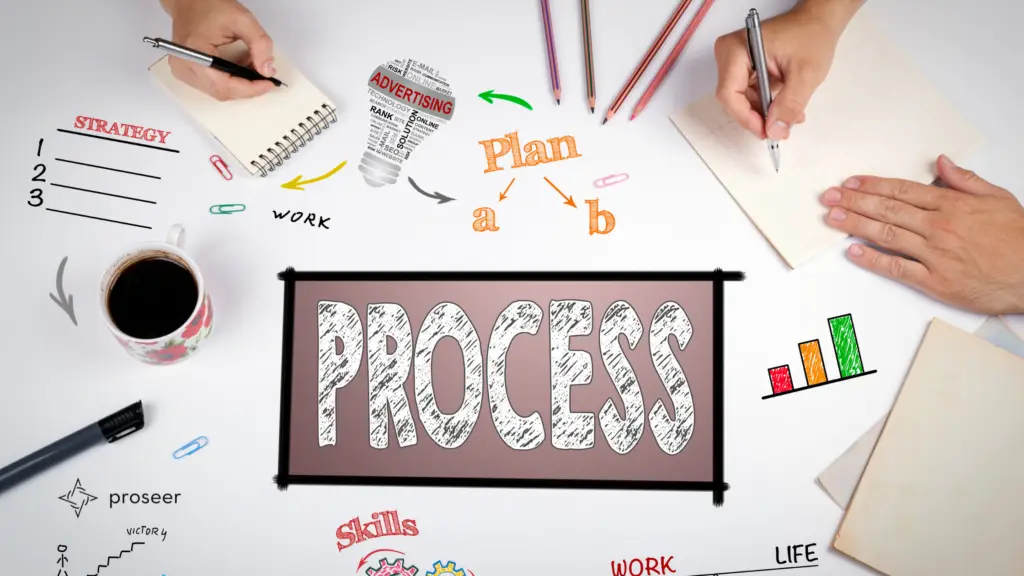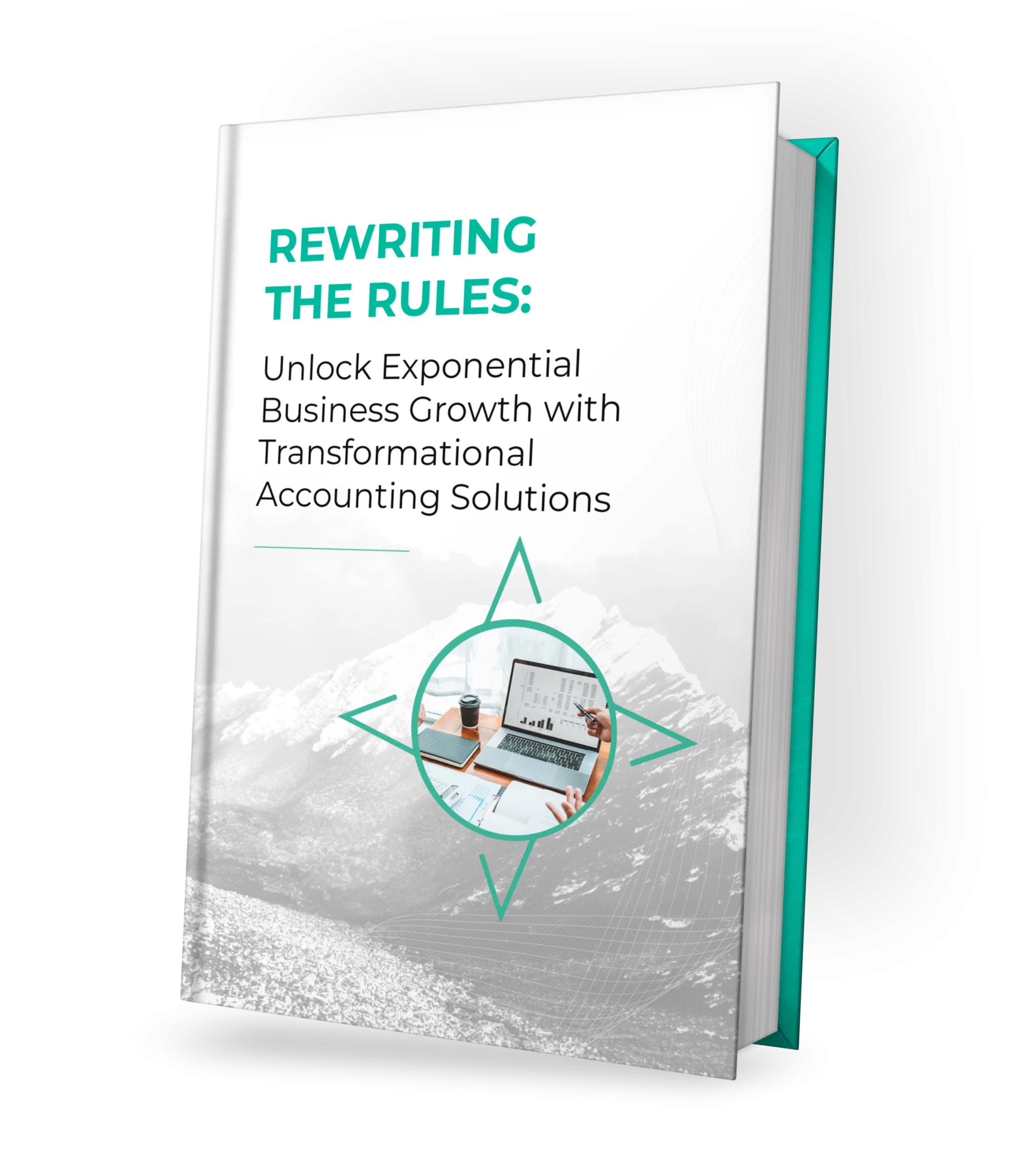When it comes to analyzing processes, business owners often don’t know where to begin. Entrepreneurs are constantly pulled in several different directions when it comes to managing and growing their business. On any given day, there may be a long to-do list of items that need attention, making time the ultimate commodity: there never seems to be enough of it, and more is always needed.
That’s where streamlining comes into play. By implementing efficient business practices, business owners will find that previous tedious operating activities can become more effortless, organized, and manageable.
What is Streamlining?
Streamlining is defined as the optimization of business processes within an organization. Its end goal is to remove unnecessary steps by consolidating business practices where applicable, or by ensuring methods and technology run efficiently. When operations run quickly and smoothly, more time is saved, which can then be reinvested into the business in more prudent ways.
Streamlining is an extremely important tool for businesses, and in particular, for saving businesses and team time. In fact, statistics reveal that approximately 26% of an employee’s day will be wasted on avoidable administrative tasks—a sizable chunk of time, especially when there are other, more pressing tasks to accomplish that could potentially further the growth and success of a business.
While streamlining doesn’t totally remove the necessity of completing some of the more tedious business tasks, it does affect the way those tasks are executed. For example, a company that processes a lot of payments manually, or enters a high volume of data manually, may find that using software that automates and consolidates these processes shaves entry time in half.
Work Smarter, Not Harder: The Benefits of Streamlining in Business
There are many potential benefits to be gleaned from streamlining business processes. A few of these include:
Improved Time Management
When tasks are optimized, processes are carried out much faster (without being conducted haphazardly). On average, workers are able to save between 10-50% of the time they would have spent completing tasks manually by employing automation, a streamlining technique.
More Effective Business Practices
Streamlining tasks leads to better business practices. The cause-and-effect of this can be attributed to time savings, which allows business owners and workers alike to spend more time focusing on big-picture or high-priority items. Strong business practices are also important for keeping costs low and profits high, since effective operations are less likely to produce errors or malfunctions that eat into revenue.
Increased Productivity
When tasks are streamlined and simplified, workers are able to perform their responsibilities more productively since there is less “noise” to navigate. The quality and quantity of a business’s products or services will also likely improve when productivity increases, since there may be fewer steps (or less complicated procedures) involved. The result? Higher levels of output combined with higher levels of efficacy.
By taking steps to streamline business practices, you can experience these benefits and more within your own organization. Learn more about your options for automating business solutions today.

